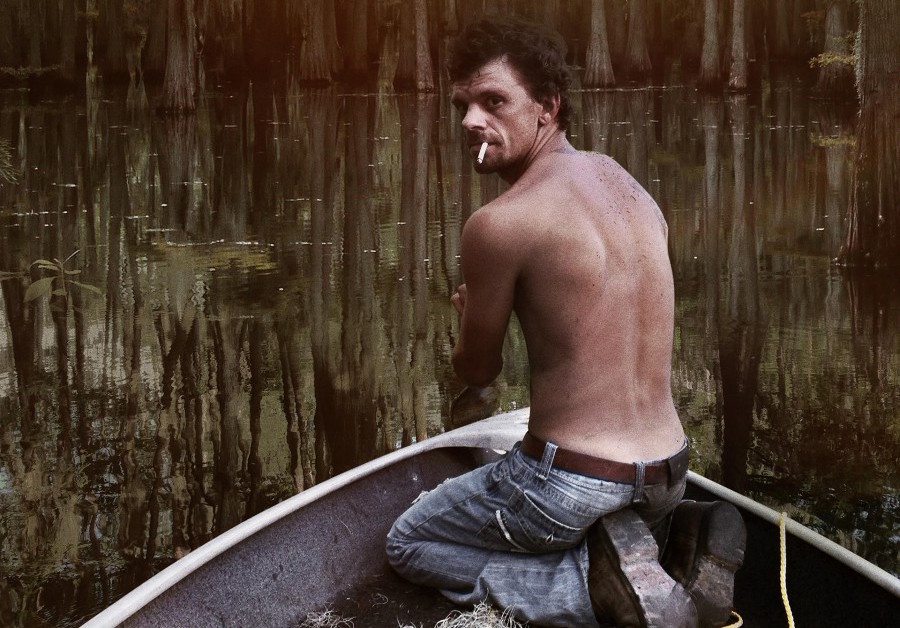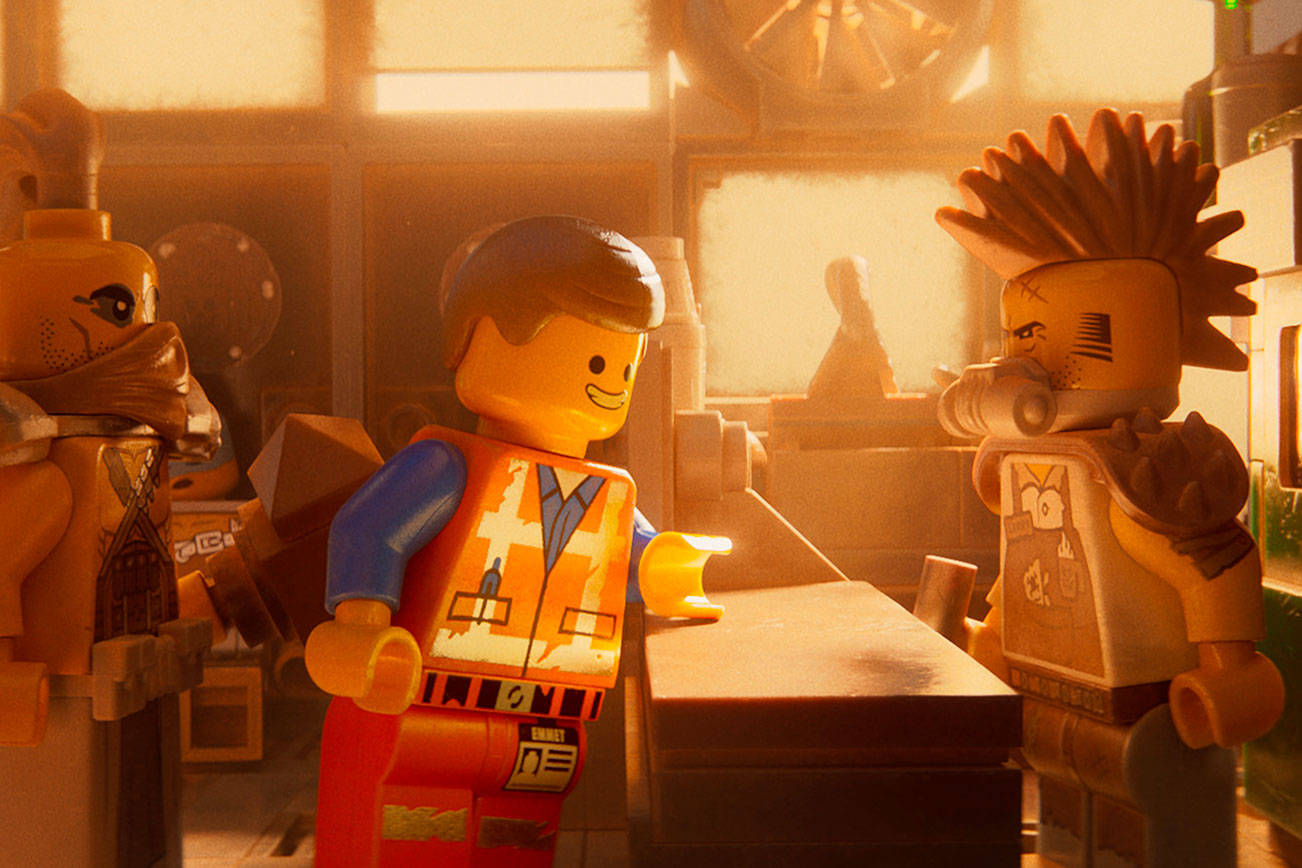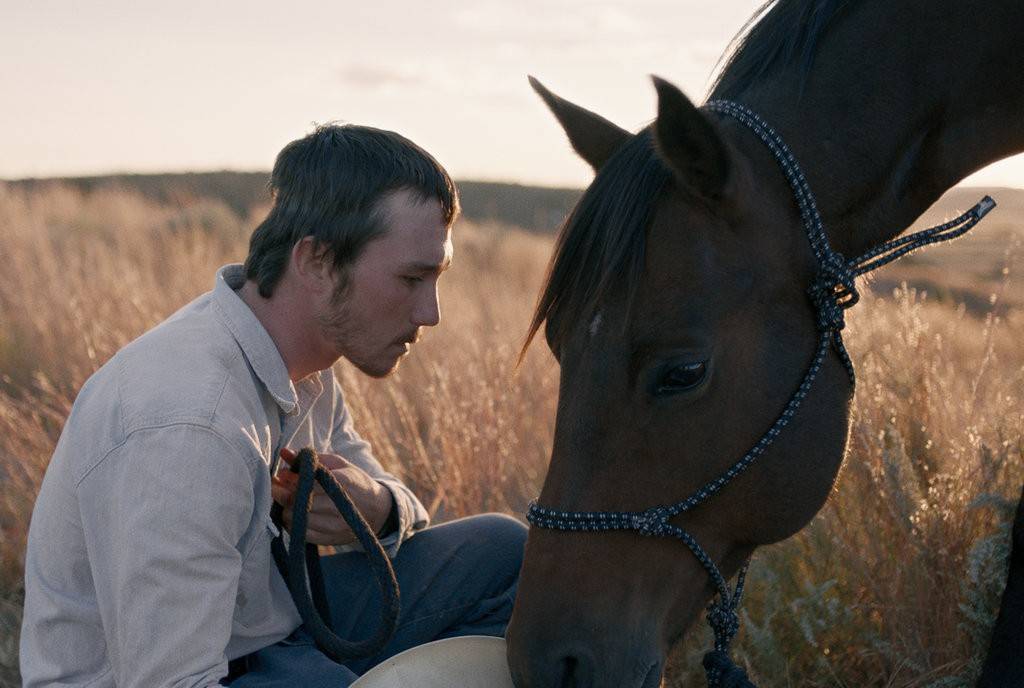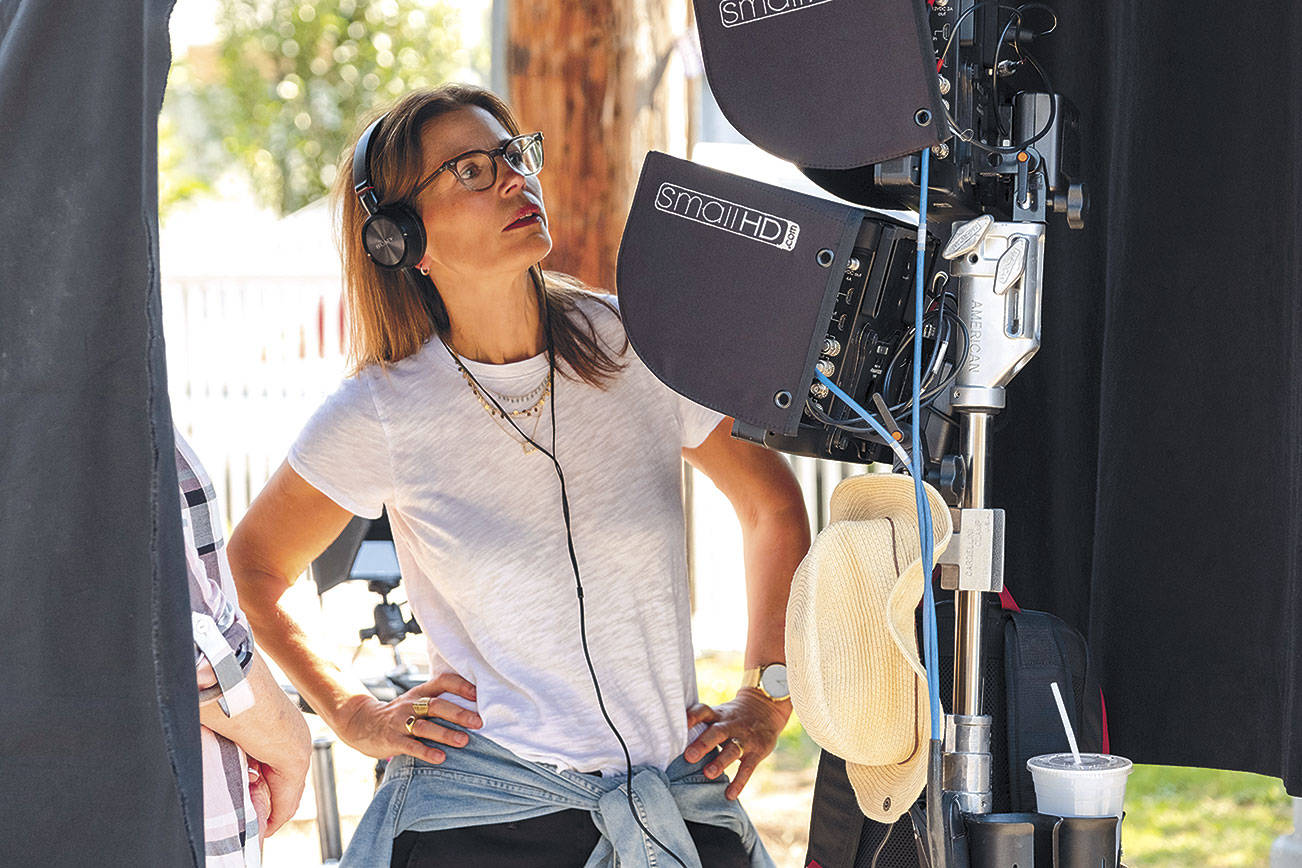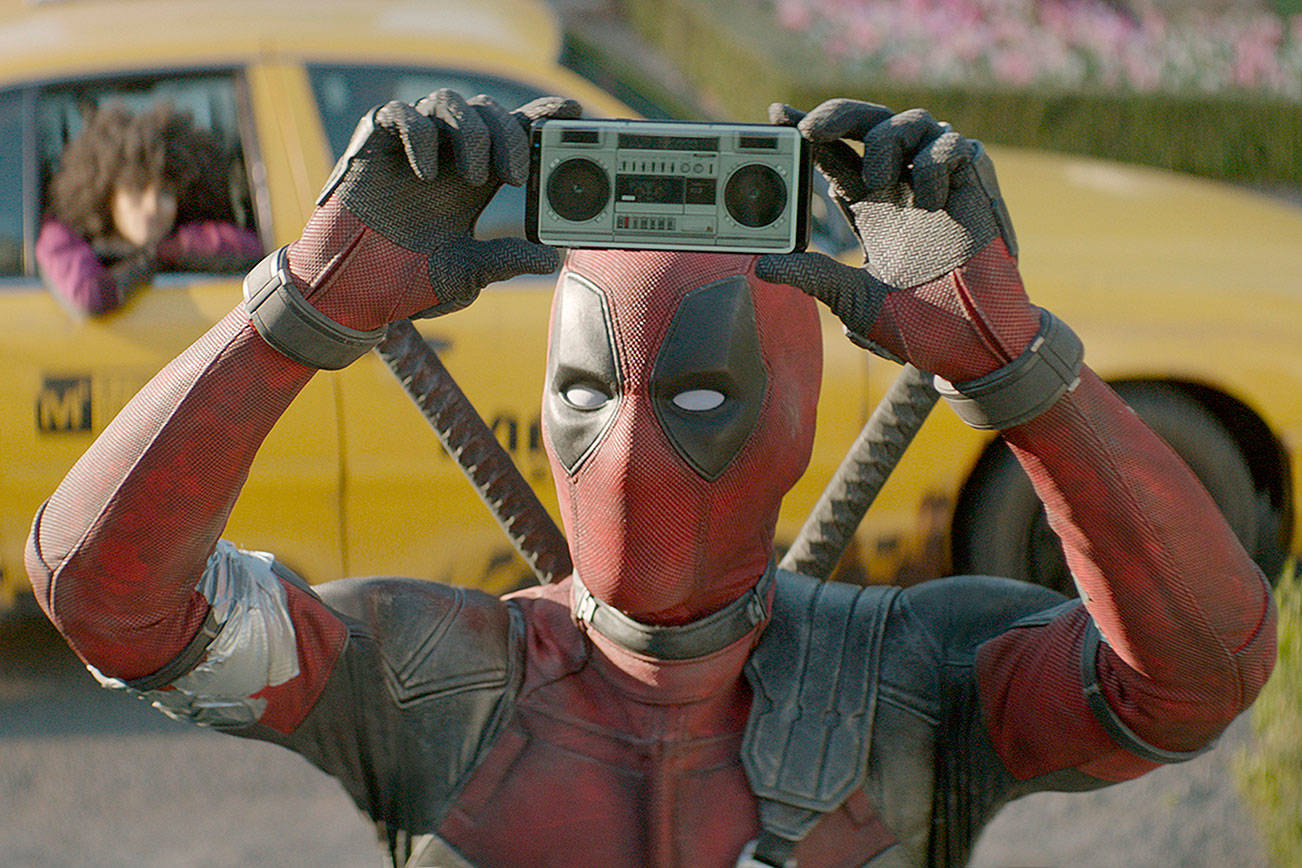When Walker Evans traveled into 1930s America and photographed the people hit hardest by the Depression, he captured the perseverance and dignity of poor folks in the rural South. A similar journey is traced in the new documentary The Other Side, but here perseverance has become hostility and dignity is in shreds. In modern-day West Monroe, Louisiana, the faces are distorted by methamphetamine and alcohol, animated by fear, and given definition by resentment toward an enemy (the black man in the White House, gun-safety advocates—any enemy will do).
For two-thirds of the film’s running time, we follow Mark and Lisa, lovers and lost souls. They cook and sell meth, sometimes tenderly injecting each other. We first see Mark waking up naked along a roadside, the first of the film’s startling images; director Roberto Minervini shoots the scene as though it’s the first morning in an American Eden (the sculpted photography is often in direct counterpoint to the squalid living conditions). The movie’s final third shifts to the feverish planning of a group of self-appointed militiamen, who prepare for the impending government takeover by training in the forest and blowing up abandoned cars. A big outdoor party includes enough debasement to make the fictional neo-Nazi gathering in Green Room look hopelessly naïve.
Minervini, Italian-born but Texas-based, does not take the fly-on-the-wall approach to documentary-making (he has described setting up certain scenes with his subjects, although the results are unscripted). The film’s access to drug transactions and explicit sexual encounters is certainly a sign of Minervini’s ability to gain trust, although the line between intimacy and queasiness is thin. This puts the film squarely in an ancient debate about documentary—is it empathy or exploitation?—even as it brings harrowing images to rare light.
The Other Side has touching moments, such as Mark’s fragile vow that he will turn himself in to the police after his mother dies because it’s the only way he can get clean. But most of the film is louder: The scary militia scenes are full of fantasies of subjugation by the government, fantasies untroubled by how feebly Barack Obama’s communist/fascist reign of terror seems to be unfolding. (Only a half-year left for American guns to be turned into Korans.) You get the impression these drifting lives need the resentment to provide purpose.
The film reveals an abundance of teary, lip-trembling emotion. Our culture keeps telling us we need to trust our emotions more. Movies like this suggest the opposite. Super-serious guys in camouflage declaim passionate soliloquies about threatened freedom, toothless old drunks deliver odes to the sanctity of family—so much of this untethered emotion seems to stem from the certainty that somebody somewhere is conspiring to take it all away. In one sequence, a group of plastered jackasses engage in political discourse that comes around to the conclusion that it’d be good if Hillary Clinton were elected president. That’s not what you might have been expecting to hear. And yet within this world, it almost makes sense—the men on display are so infantilized, why wouldn’t they crave a Mommy figure to make things right?
I acknowledge this film’s power, and still feel uneasy about it—and unsure of its point. But there’s no question that it captures remarkable details. When the camera ventures into an open-casket funeral, we note that the coffin is draped in the Confederate flag, and that the departed is entering eternity clad in a New Orleans Saints jersey. When Mark injects a young woman with junk, the composition gets grimmer when the camera tilts down to follow his needle and reveal that she is enormously pregnant. She will soon go onstage as a stripper, and Minervini’s camera follows her there, because he’s not going to leave anything out. I believe his film is sincere in wanting us to understand this corner of America. Still, the subjects of Walker Evans’ photographs were not happy about how they looked to the rest of America. I wonder how the bleary, half-zonked people of The Other Side feel about this movie.
film@seattleweekly.com
The Other Side. Grand Illusion Cinema, 1403 N.E. 50th St., grandillusioncinema.org. Not rated. Opens Fri., June 17.
